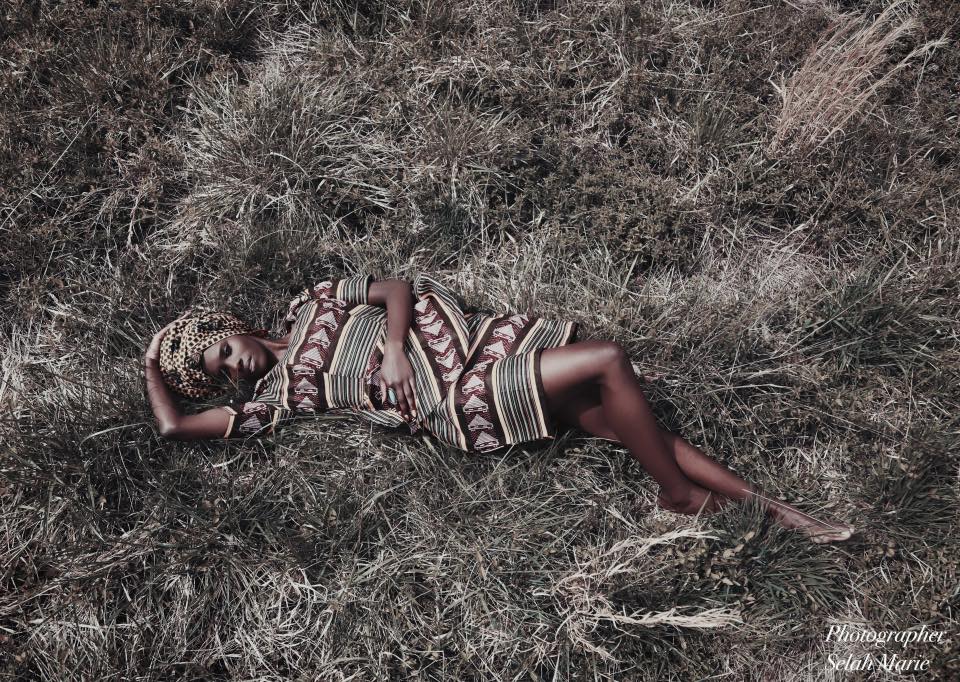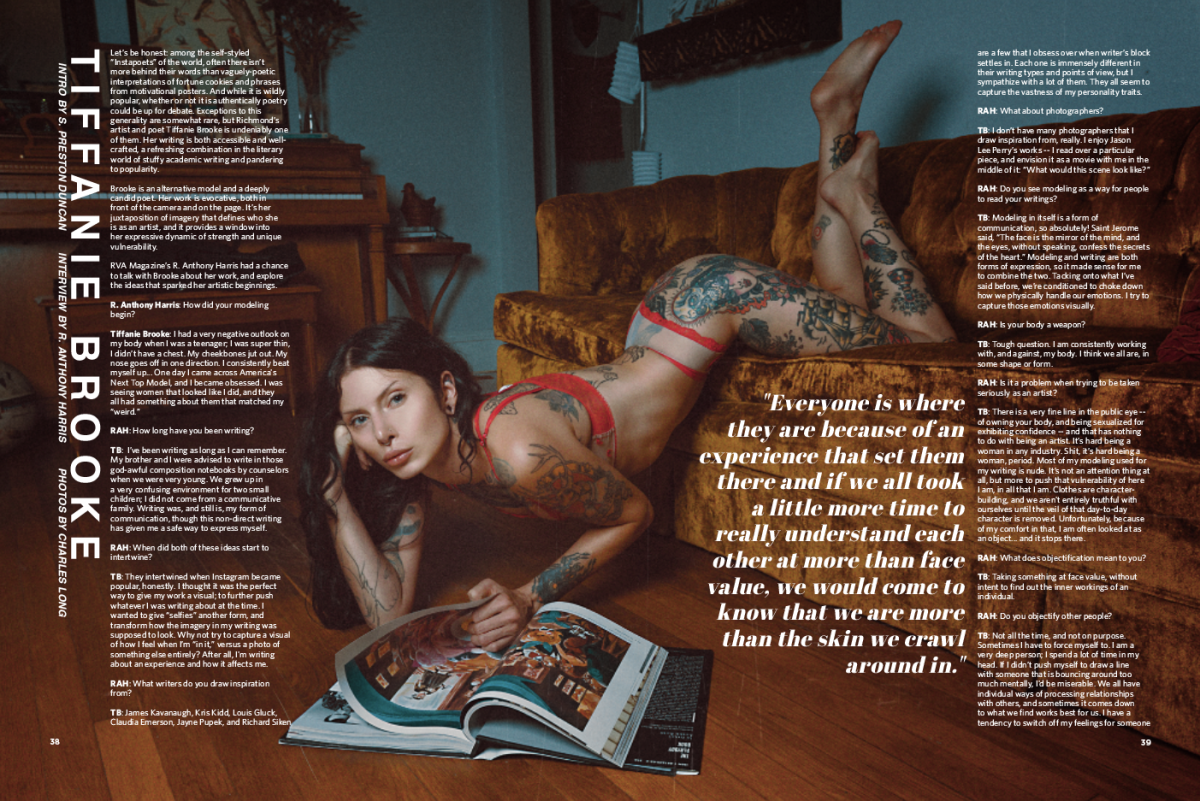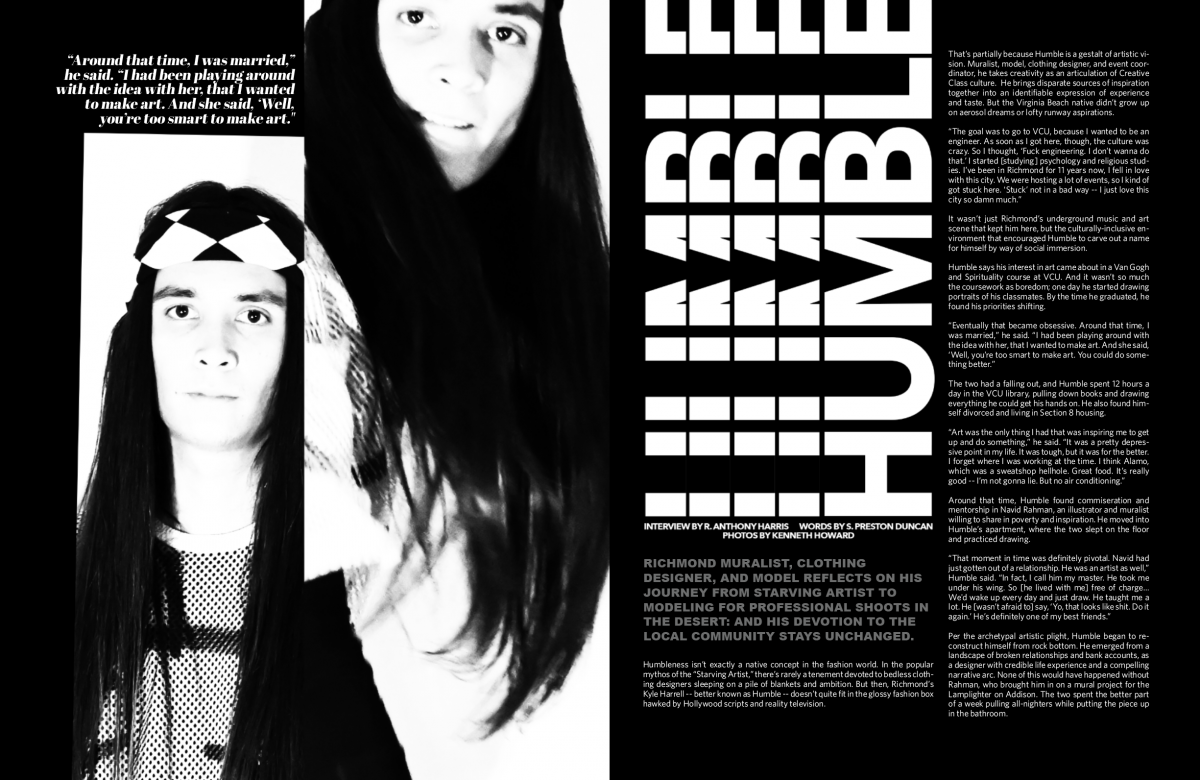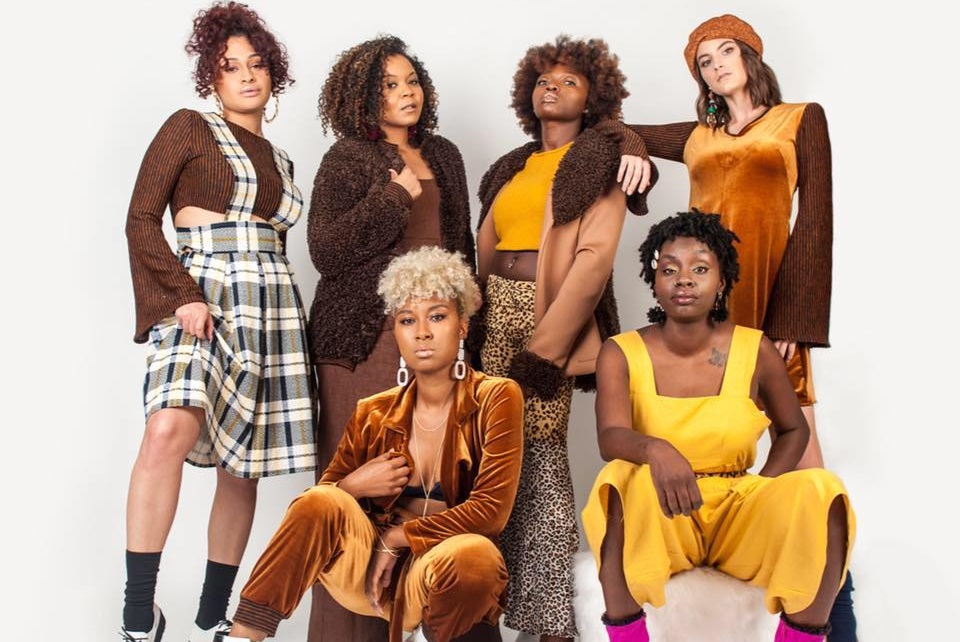Richmond portrait photographer Selah Marie started out as a model, but it was only when she got behind the camera that she truly found her calling in life. You never know what you’ll fall into. Even if you have a clear goal for what you want to do, things can happen...




